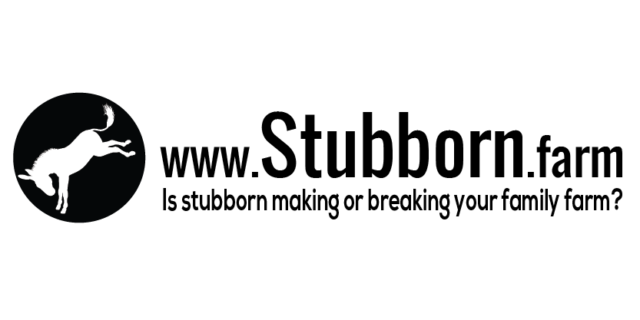Why indeed did we want to start a dairy? Why would someone want to stay in dairying? I’m sure for many it has become a lifestyle. For others, there may be so much specialized equipment and debt one cannot really quit. But for many, there is a love of cows and the uncommon farming relationship where we ask a large animal to allow us to take a living product that has been miraculously created from roughages we mere humans cannot digest. You don’t see truck farmers coaxing radishes or arguing with asparagus. We dairy farmers are a unique bunch.
For us, we are at the end of a decade-long plan to transition from military service to dairy farming. My husband, Stacy, and I met 17 years ago while both serving in the U.S. Coast Guard on Lake Michigan, in – you guessed it – Wisconsin, America’s Dairyland. Once my enlistment ended, Stacy stayed active duty and we transferred around with no clear plan, as one is apt to do in their 20s. By the 10-year mark, we had decided we wanted to farm. At that point, Stacy could have gotten out of the military and we could have made a go of it. But we are first-generation farmers, meaning no other family in farming, no land, no infrastructure and no extended family with farming experience that could help us get started.
In 2010, we decided for Stacy to stay in the military and retire in 2020. He would have half-pay retirement but, more importantly, health insurance. That year, we bought 40 acres an hour north of Spokane, Washington, in the foothills of the Rocky Mountains. This was raw land that had been planted in annual grains with one forlorn Charlie Brown Douglas fir tree in the middle of the 40-acre field. That was where we decided to build the farmstead and formulated a multi-stage 10-year plan that would have us milking cows in summer 2020.
Over the past 10 years, we have put in permanent fencing, built a pole barn shop, drilled a well, put up a Aermotor windmill, built a small farmhouse, planted pasture, harvested hay, got certified organic and started raising Jersey calves. Stacy is set to retire in February 2020, and we are planning to start milking our Jersey girls in May. Not too shabby.
We are realistic, however, and knew we could not start the conventional dairy model of a $250,000 dairy facility with hundreds of cows and buying tons of feed. We would need to keep debt low, grow our feed, add value and process ourselves. We currently have four Jersey yearlings. Yep, you read that right, our herd is starting with four cows: Carnation, Buttercup, Daisy and Rose. I have a dairy friend who milks about a thousand, and she said she wouldn’t get out of bed for fewer than 10 cows. Our plan is to grow a closed herd up to a max of 12 milking due to the size of our milk tank and the land we have to produce feed.
But the question remains: Why start a dairy now? We are definitely not starry-eyed neophytes who want to be in harmony with the land, escaping the rat race to frolic in meadows. We want to get up in the morning, go into the milking parlor, greet the cows and know we are making a high-quality product that has real nutritional value in a world filled with overprocessed “food items.” There is a true partnership with the cows, and we get a harvest daily. I always felt sorry for the wheat farmers with hundreds of acres and $500,000 combines they ran once a year. How boring.
We want to dairy because we like cows, want to work as a family, love all dairy products and want to make a living selling milk to those unfortunate enough to not live on a farm. We hope you enjoy following along in our journey from the start of our dairy. ![]()
Virginia Thomas is a dairy farmer in Chewelah, Washington.




